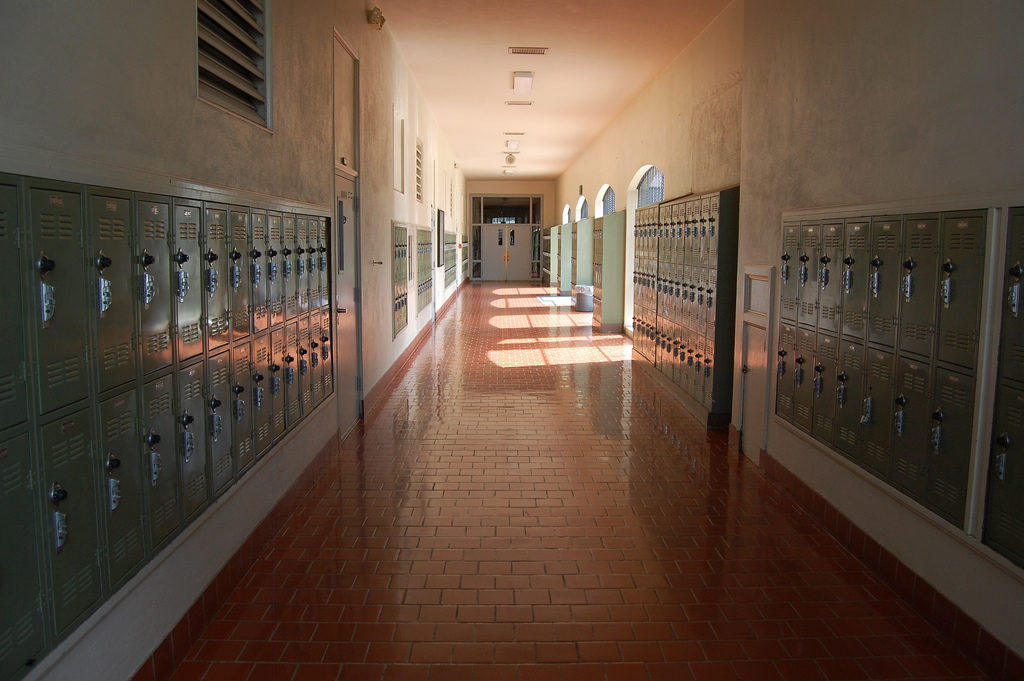The “Standards of Learning” (SOL) tests, those that begin in the third grade and are taken to the end of high school, are supposed to set forth learning and achievement expectations for core subjects for Virginia’s public schools. As well, they are one of the main underpinnings of standards for full accreditation of schools; though, test scores are beginning to play a smaller role in accreditation around the state.
There has been much controversy surrounding the validity of SOL tests and the administration of the process. As many can attest to, the top concern its that the SOL metrics tied to accreditation and teacher performance encourage “teaching to the test,” leading to much of the overall learning that is necessary in school being omitted from curriculum.
Nevertheless, it seems that teaching students only to pass the SOL is not working. Compared to last year’s numbers, Virginia students performed worse on the tests.
The percentage of students who passed SOL tests dipped slightly across all subject areas during the 2017-18 school year: 79 percent of the state’s students passed reading exams, and 77 percent passed mathematics tests, a decline of one and two percentage points, respectively, according to VDOE data.
Passing rates dipped in science, down one percentage point to 81 percent; 78 percent passed in writing, compared with 79 percent previously; and 84 percent of students tested in history and social studies passed, compared with 86 percent in the 2016-2017 school year.
Over the past two years, state education officials have widely downplayed the decline in test scores, citing that passing rates have increased following tougher tests that were introduced five years ago.
Reportedly, students pass rates in Northern Virginia schools mirrored the slight decline statewide, but the region’s largest, well-funded school systems mostly outperformed or remained on par with state averages.
Unfortunately, however, the data also showed that racial achievement gaps persisted. African-American and Hispanic students significantly trailed behind behind Caucasian and Asian students in subjects across the board. Just 67 percent of African-American and Hispanic students passed state reading tests.
School children with disabilities, ESL students, and those from economically-disadvantaged families also had pass rates that fell below the state average.
Regardless, Superintendent of Public Instruction James Lane said pass rates should not be the sole criteria used to judge a school’s caliber.
“If we focus solely on annual pass rates, we miss the achievement of students who are making steady progress,” Lane said in a statement, according to a report from The Washington Post.
The state’s annual accreditation ratings are expected to be released next month. For the first time, criteria such as showing student improvement over time and narrowing achievement gaps will factor into a school’s status.
The revamped system, Lane explained, will provide a “more complete picture of where schools are today and where they can be enhanced in the future.”
Under the new accreditation system, schools will be graded on standards including overall proficiency and growth in English, mathematics, and science. Also, they will be assessed on student absenteeism and, in high schools, dropout rates and college or career readiness.

